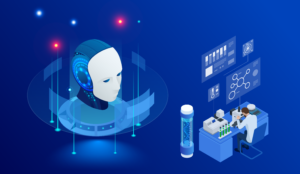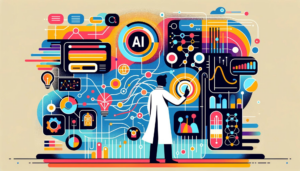Life Sciences
The era of the AI Co-Scientist is here. How is your organization preparing?
Read MoreSurrogate models are reshaping R&D by making research faster, more cost-effective, and more sustainable.
Read MoreAs we step into 2025, R&D organizations are bracing for another year of rapid-pace, transformative shifts.
Read MoreIn today’s competitive R&D landscape, selecting the right technology partner is one of the most critical decisions your organization can make.
Read MoreLeveraging advanced technology like generative AI through digital transformation (not digital enhancement) is how to get the biggest returns in scientific R&D.
Read MoreThere is much more to digital transformation than technology, and a holistic strategy is crucial for the journey.
Read MoreIn the rapidly-evolving landscape of drug discovery and development, traditional approaches to R&D in biopharma are no longer sufficient. Artificial intelligence (AI) continues to be a game-changer.
Read MoreR&D leaders and scientists need a working understanding of key AI concepts so they can more effectively develop future-forward data strategies and lead the charge towards groundbreaking discoveries.
Read MoreScattered and siloed data is one of the top challenges slowing down scientific discovery and innovation today. What every R&D organization needs is a data fabric as part of their technology solution set.
Read MoreWith the increasing importance of AI and machine learning in science and engineering, it is critical that the leadership of R&D and IT groups at innovative companies are aligned. Inappropriate budgeting, policies, or vendor choices can unnecessarily block critical research programs; conversely an “anything goes” approach can squander valuable resources or leave an organization open to novel security threats.
Read More








